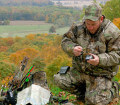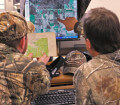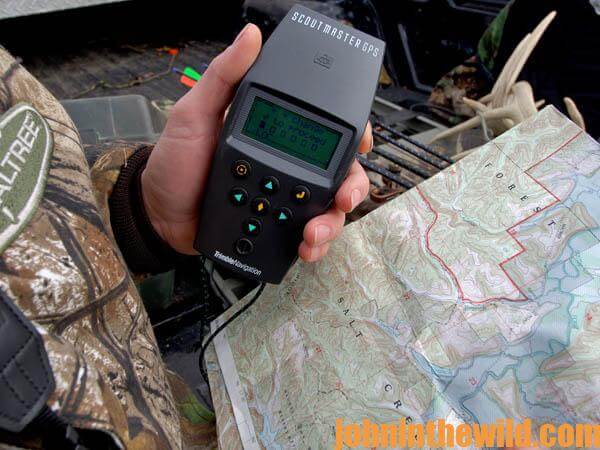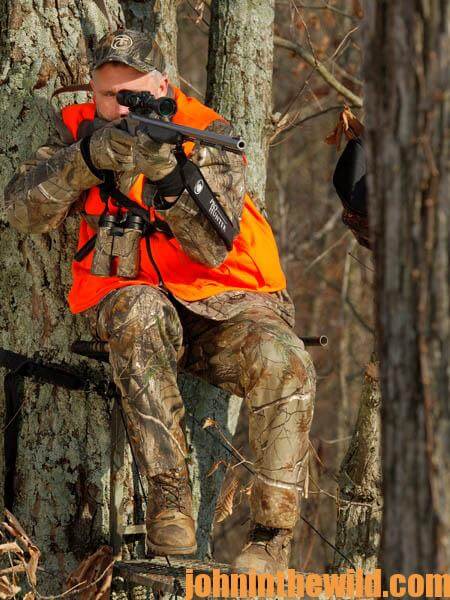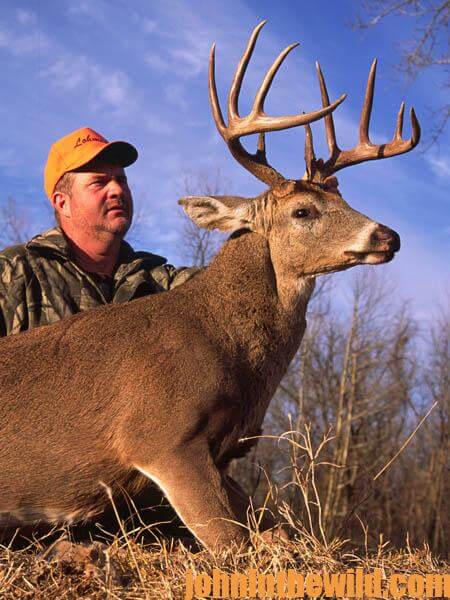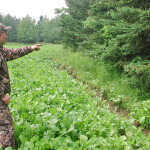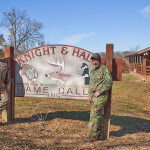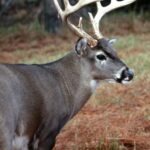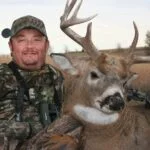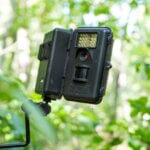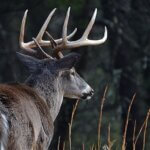John’s Note: A hand-held Global Positioning System (GPS) receiver can help you bag a buck every season. These navigation devices, introduced to the market some years ago, can put you in position to take the bucks other hunters never see, especially on public lands with intense hunter pressure.
When deer season opens, plan to use your GPS receiver for navigating to one of the waypoints 1-1/2- to 2 hours before daylight. 
Then you’ll give the woods time to settle before the other hunters begin hunting and allow the hunters to drive the smart bucks to you in your thick-cover sanctuary. Since the GPS receiver enables you to come out of the woods and walk directly to your vehicle without getting lost, you can remain on your stand and hunt those last few minutes of daylight when the deer become most active, and the other hunters have left the woods. Most hunters don’t hunt dense areas where the bigger, older-age class bucks stay to avoid hunters, because the hunters fear they may get lost. But with a hand-held GPS receiver, you can go anywhere in the woods, even in the thickest, most-dense cover, without fear of becoming disoriented. You can stay on your stand longer and hunt more effectively, even if you hunt more than 2-miles away from your vehicle in uncharted territory.
Stand Sites:
If you scout effectively, you’ll have morning, midday and afternoon stand sites picked out and stored in your GPS that you can hunt no matter of the wind’s direction. By keeping a small notebook in your shirt pocket with lists of the stand sites you have established, the wind direction you must have to hunt from those stand sites and the waypoint name or number of the stand sites, you can move to another stand if the wind direction changes. Then you’ll always have a stand site to hunt from with a favorable wind. The GPS receiver also can help you travel at any time of the year to the hunt sites you’ve scouted earlier and the waypoints you’ve recorded. For instance, if you discover traditional scrape sites, rubs, old trails or potential bedding areas during the pre-season and log them in your GPS as waypoints, you can return to those spots when the bucks rut and work their scrapes, or when they utilize trails and bedding regions to dodge hunters.
If you study the property you hunt and learn the plants and shrubs deer feed on during the early, middle and late seasons, you can log the exact locations of these plants and shrubs. After noting these places as waypoints in your GPS, you can return to them the next year during the appropriate time of deer season. Because the GPS receiver contains one of the most-accurate navigation systems a hunter can carry and has the ability to name and store locations for later recall, the hand-held GPS plays as critical a role in the deer hunter’s success as the depth finder does to the fisherman’s success. You don’t have to remember all this information and the locations, particularly if you hunt more than one piece of property. Instead take GPS readings on the regions you’ve scouted where you’ce discovered bucks or buck sign. Then you can develop a useful database that will tell you where to hunt, when to hunt and what wind direction you need to hunt from each stand site. You can go to and from these stand sites before sunrise and after sunset. You also can hunt much deeper in the woods than hunters generally do.
“How to Hunt Deer Up Close: With Bows, Rifles, Muzzleloaders and Crossbows” or “Deer and Fixings” by John E. Phillips. Click here to get these books.
About the Author
John Phillips, winner of the 2012 Homer Circle Fishing Award for outstanding fishing writer by the American Sportfishing Association (AMA) and the Professional Outdoor Media Association (POMA), the 2008 Crossbow Communicator of the year and the 2007 Legendary Communicator chosen for induction into the National Fresh Water Hall of Fame, is a freelance writer (over 6,000 magazine articles for about 100 magazines and several thousand newspaper columns published), magazine editor, photographer for print media as well as industry catalogues (over 25,000 photos published), lecturer, outdoor consultant, marketing consultant, book author and daily internet content provider with an overview of the outdoors. Click here for more information and a list of all the books available from John E. Phillips.

